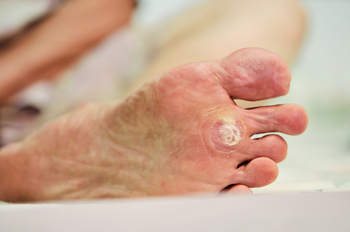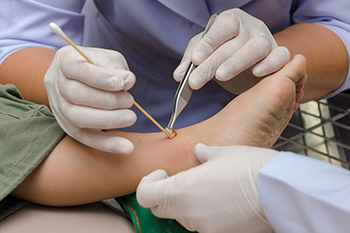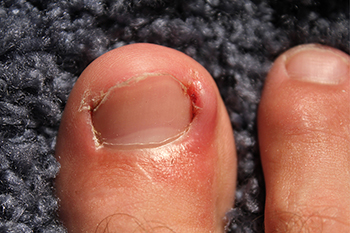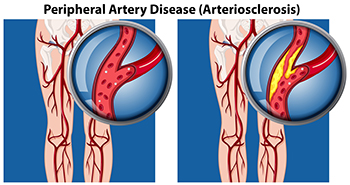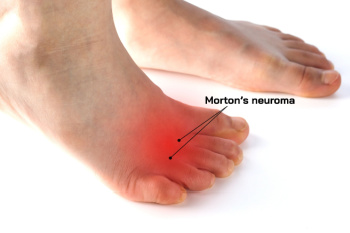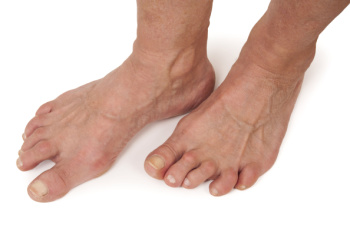
Rheumatoid arthritis in the feet is an autoimmune condition that causes the immune system to attack joint tissues, leading to pain, swelling, and stiffness. It often affects the small joints in the toes and midfoot, making walking painful and limiting mobility. Causes are linked to genetic and environmental factors that trigger inflammation. Symptoms include joint tenderness, warmth, deformities, and a reduced range of motion. Risk factors include a family history of autoimmune conditions, smoking, and age. A podiatrist can help by identifying early changes, providing supportive care with custom orthotics, and footwear advice. If you notice persistent joint pain or swelling in your feet, it is strongly suggested that you promptly visit a podiatrist for an early diagnosis and effective pain management.
Because RA affects more than just your joints, including the joints in your feet and ankles, it is important to seek early diagnosis from your podiatrist if you feel like the pain in your feet might be caused by RA. For more information, contact one of our podiatrists of Associates in Podiatry, PC. Our doctors will assist you with all of your podiatric concerns.
What Is Rheumatoid Arthritis?
Rheumatoid Arthritis (RA) is an autoimmune disorder in which the body’s own immune system attacks the membranes surrounding the joints. Inflammation of the lining and eventually the destruction of the joint’s cartilage and bone occur, causing severe pain and immobility.
Rheumatoid Arthritis of the Feet
Although RA usually attacks multiple bones and joints throughout the entire body, almost 90 percent of cases result in pain in the foot or ankle area.
Symptoms
- Swelling and pain in the feet
- Stiffness in the feet
- Pain on the ball or sole of feet
- Joint shift and deformation
Diagnosis
Quick diagnosis of RA in the feet is important so that the podiatrist can treat the area effectively. Your doctor will ask you about your medical history, occupation, and lifestyle to determine the origin of the condition. Rheumatoid Factor tests help to determine if someone is affected by the disease.
If you have any questions, please feel free to contact our offices located in Pittsburgh-South Hills, and Pittsburgh-Bellevue, PA . We offer the newest diagnostic and treatment technologies for all your foot care needs.

